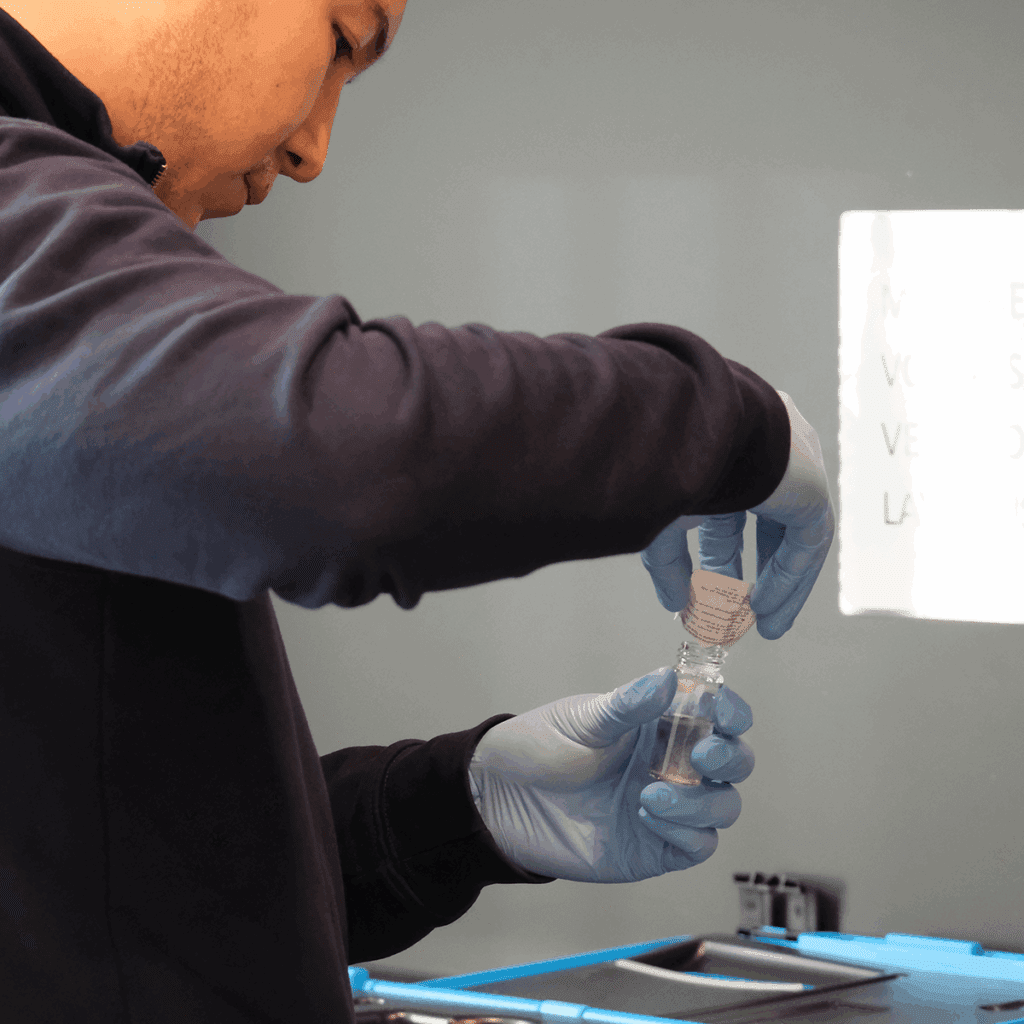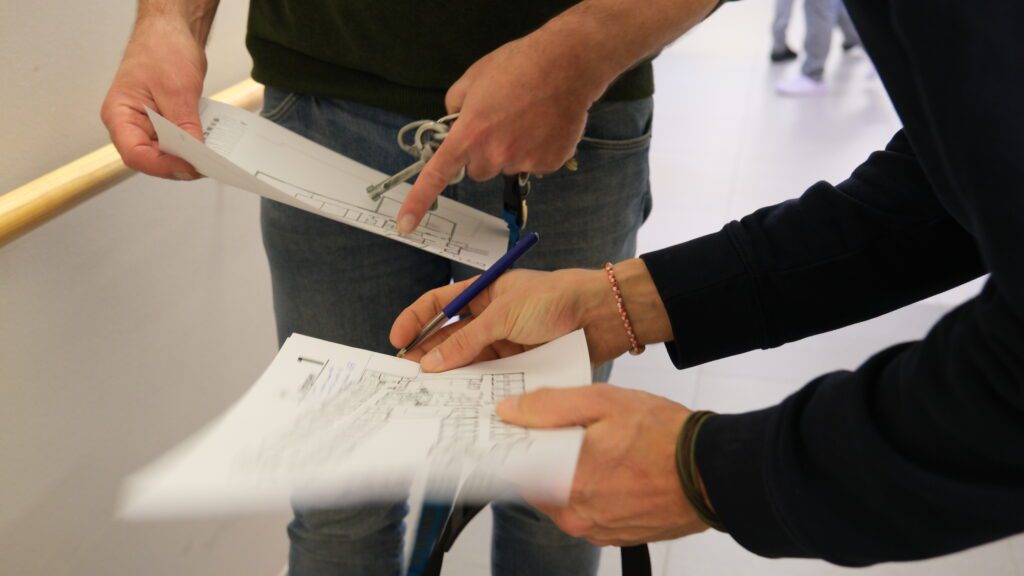Car-Free Sunday 2022 impact on air quality in Brussels
Context
Outdoor air pollution is a major public health issue, according to the WHO, air pollution causes 4.2 million premature deaths per year worldwide. Road traffic is one of the primary sources of air pollution in many big cities and agglomerations. For instance, nitrogen dioxide (NO2) and black carbon, soot and combustion-related pollutants are mainly emitted by cars in the Brussels-Capital Region. In the past 10 years, several actions including Plan Air Climate Energie (PACE), the development of sustainable transportation infrastructure (bicycle roads and secure parking, mobility projects, etc) as well as new low-emission zone (LEZ) limitations that bans usage of diesel cars with Euro 4 classification have been implemented to reduce the negative impacts of poor air quality caused by traffic. Moreover, for several years, Brussels actively participates in the European Car-Free Day to promote sustainable transportation among citizens and develop new mobility strategies. This year, on Sunday, September 18, the whole Brussels Region was free of traffic between 9:00 and 21:00, – that is an excellent example of European Car-Free Day implementation.
In The Past 10 Years, Several Actions Including Plan Air Climate Energie (PACE), The Development Of Sustainable Transportation Infrastructure As Well A New Low-Emission Zone (LEZ) Improved Air Quality In Brussels.
In this Article, Airscan evaluated the impact of the car-free day on the air quality conditions in the city and compares the values with the results reported by Brussels Environment. To do so, the Airscan team evaluated the pollution levels in Brussels on September 2022 and compared the values measured during car-free days in 2022 and 2021. All the values present in this report were taken from an open-source database Irceline (Belgian Interregional Environment Agency).
Results and observations
Nitrogen dioxide
Nitrogen dioxide affects both human health (respiratory tract irritations) and the environment (acidification and contribution to ozone generation). In 2019 Brussels Environment portal reported that 40% of nitrogen dioxide gas present in Brussels originates outside the city while 47% of the pollution is linked to traffic and vehicles. Therefore, the absence of cars on the streets of the city should positively affect nitrogen dioxide pollution levels. Looking at Figure 1 it is clear that one of the lowest concentrations of nitrogen dioxide gas in September was measured on the Car free day (18th of September). However, the impact and the reduction magnitude were different from one neighbourhood to another. For instance, the reduction observed in Uccle is not significant and the average daily nitrogen dioxide concentration measured on the car-free day is identical to the levels measured from the 7th to 9th of September. Additionally, nitrogen dioxide levels measured by the station meet the most recent WHO 24-hour limit (25 ug/m3) On the other hand, the Kunst West station located on a busy road detected a sharp nitrogen dioxide concentration drop on the car-free day (-32% compared to the concentration measured on the 17th of September). Moreover, it is important to mention that the average daily concentration at the Kunst West sampling location was in-line with the most recent WHO guidelines only on the car-free day. More detailed information is given in the figure below.

Figure 1: Nitrogen Dioxide concentration profile measured in Brussels
It is not easy to evaluate and quantify the impact of the car-free day on the overall air quality conditions in Brussels. It is always necessary to account for several parameters like weather conditions (wind, sunlight intensity, relative humidity and temperature), the presence of natural and transboundary pollution sources as well as the lifetime of pollutants in the atmosphere.
Particulate matter
Particulate matter concentration in Brussels is affected by several factors. Vehicles (both petrol and electric), households (heating during the winter), construction activities and transboundary sources are the main contributors to particulate matter levels. Moreover, the pollution levels are directly linked to the meteorological conditions (wind and precipitation). The figure below shows that the average daily PM2.5 concentration in Brussels dropped on the 16th of September and remained low until the 19th of September(this period includes the car-free day). Afterwards, the ambient PM concentration was rapidly rising until the 23rd of September. Finally, starting from the 24th till the 27th of September, the pollution levels decreased again and reached the levels measured during the car-free weekend. Moreover, the lowest PM2.5 concentration was measured not during the car-free day but on the 27th of September. Therefore, it is not possible to clearly say that the reduction that was observed in the period from the 16th of September till the 19th of September is directly linked to the car-free day. More detailed information and the measured trends are given in the figure below.

Figure 2: Particulate matter concentration profile measured in Brussels
Comparison between 2021 and 2022
In addition to the pollution trends measured in Brussels in September 2022, the Airscan team compared the values measured in Brussels during the car-free days in 2021 and 2022. The results show that the average daily particulate matter concentration during the car-free day in 2022 is more than 3 times lower compared to the values measured during the car-free day in 2021(Figure 4). This factor in combination with the information that the average annual PM level in Brussels is around 10 ug/m3 (read Airscan article about air pollution levels in Brussels) and the fact that there were other periods in September 2022 when PM concentration was as low as during the car-free day confirms that it is not possible to clearly say that the observed reductions are directly linked to the absence of the cars on the streets.

Figure 3: PM values on car-free days in 2021 and 2022
On the other hand, a comparison of nitrogen dioxide levels during the car-free days in 2021 and 2022 does not lead to a clear and homogenous conclusion. First of all, the average daily concentration in 2022 was 3 times lower at the sampling locations located in Haren and Molenbeek. Secondly, the pollution levels measured in Kunst West station on the car-free day were identical in both 2021 and 2022. Finally, the daily concentration measured in Uccle in 2022 was only slightly lower compared to the concentration measured in 2021.

Figure 4: NO2 values on car-free days in 2021 and 2022
In conclusion, it is not easy to evaluate and quantify the impact of the car-free day on the overall air quality conditions in Brussels. It is always necessary to account for several parameters like weather conditions (wind, sunlight intensity, relative humidity and temperature), the presence of natural and transboundary pollution sources as well as the lifetime of pollutants in the atmosphere. On the other hand, it is clear that the initiatives like car-free days and mobility weeks are great opportunities to promote sustainable and alternative transportation sources and increase the well-being of inhabitants in the cities through reductions in air and noise pollution as well as lower risks of car accidents.
Learned something? Feel free to share.

School air quality: protect children today | Airscan
Children are more vulnerable to air pollution at school. Key Brussels data, effective measures (school streets, LEZ), and Airscan solutions: monitoring, smart ventilation, certification‑ready reporting.

Airscan Completes Three WELL Certifications in September as Accredited WELL Performance Testing Provider
Back Introduction Brussels, September 2025 – Airscan is proud to announce the successful completion of three WELL Certifications in Belgium this September, reaffirming its role

Ventilation Audits in Flanders Care Homes: Airscan’s 40‑Site Study on Indoor Air Quality
Airscan’s audit of 40 Flemish care homes uncovered critical ventilation issues: nearly 1 in 4 rooms exceeded safe CO₂ limits. With VEB and VIPA support, the study offers data-driven solutions to protect residents’ health.
